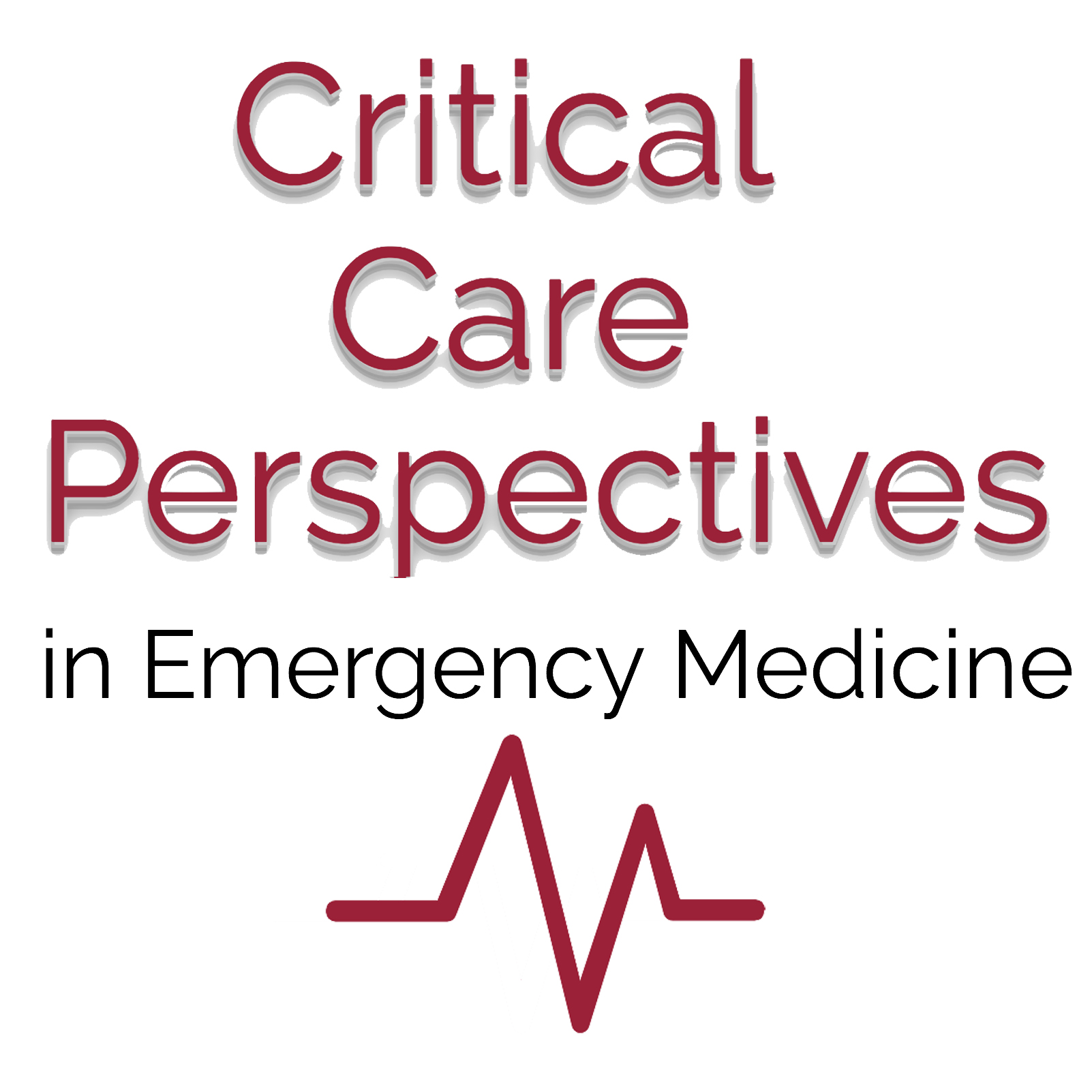Current guidelines for post-cardiac arrest management recommend TTM (32C to 36C) for all patients with coma after resuscitation from cardiac arrest. The benefit of TTM is primarily seen in patients who present with a shockable rhythm. However, nonshockable rhythms are now the most common presenting rhythm in patients with cardiac arrest. The use of TTM in patients with nonshockable rhythms remains controversial. In this podcast, we discuss the latest randomized article on the use of TTM in patients with cardiac arrest with a nonshockable rhythm. Should these results change YOUR practice?
You can get CME credit for this episode here! Click here for CME Account Creation Instructions
Approximately 2 million patients present each year to EDs in the United States for acute asthma exacerbations. Of these, up to 50,000 may require...

In this podcast we discuss the very controversial SSC 2018 Update. We know that sepsis is a time-sensitive illness, but does a 1-hour bundle...

Mechanically ventilating the patient with a severe asthma exacerbation is fraught with peril. Incorrect settings for tidal volume, respiratory rate, pressure triggers, or inspiratory...